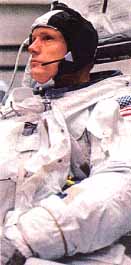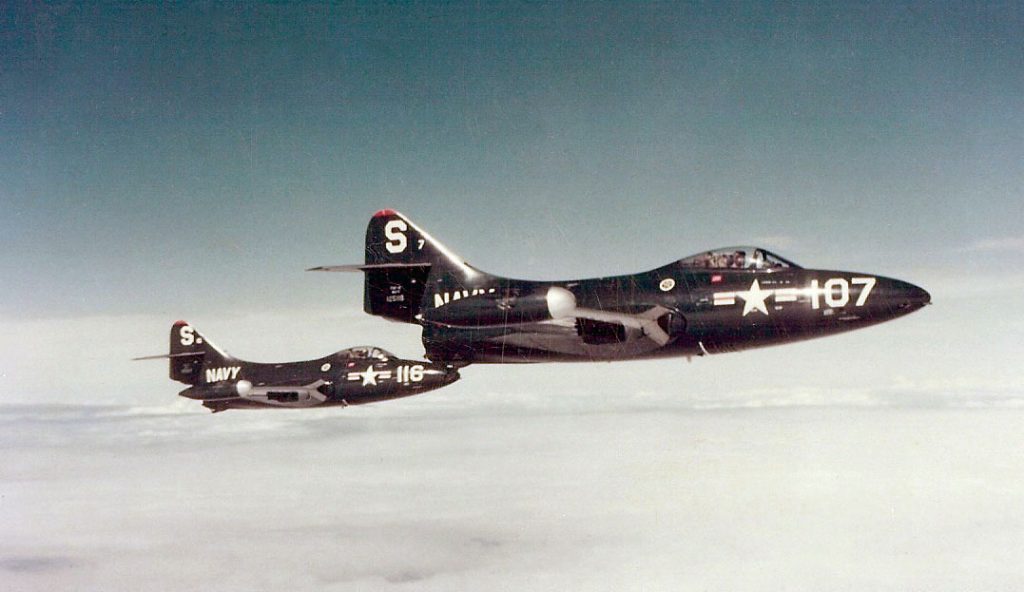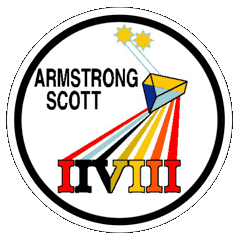
Apollo 11: This past week marked the 50th anniversary. Doctor Aviation will post a daily blog recounting each day of the voyage. July 22 marks Day 7, the sixth day after the launch.
The Early Morning Hours
The astronauts continue their workday from July 21. At 12:56am on the backside of the moon, the Command Module begins what is called a transearth injection burn. This burn is designed to accelerate the spacecraft so that it can escape the moon’s gravitational pull and begin heading back towards the earth. Apollo is traveling at 5,329 feet per second. At 4:30am, the astronauts are allowed to go to sleep.
The Trip Back to Earth
The day is rather uneventful. The astronauts are allowed to sleep to 1:00pm (a teenager’s dream). Interestingly, at 1:39pm, at a point 174,000 miles from the earth (and 33,800 miles from the moon) the larger body of the earth begins to exert more of a gravitational pull on the capsule than the moon.
A midcourse correction is made at 4:02pm and an 18-minute television broadcast occurs at 9:08pm.
Neil Armstrong

With little occurring on this day, I will highlight the career of Neil Armstrong. Armstrong grew up in Ohio. He began flying as a teenager. After high school, he attended Purdue University, with its renowned aeronautical engineering program. Purdue was part of the Holloway Plan. With this plan, Armstrong attended Purdue for two years, served three years as a Navy flyer and then returned for his final two years at Purdue.

During his Navy stint, while flying off the carrier, the USS Essex, Armstrong’s F-9 Panther is damaged over North Korea and Armstrong is forced to eject. Fortunately, he returned to friendly territory safely. After finishing at Purdue, Armstrong eventually began a career as a test pilot for NASA. He flew a variety of aircraft including the X-15, a rocket plane.

Armstrong was part of the second group of astronauts selected in September 1962. Armstrong was one of the first two civilians selected for the position. Armstrong got his chance in space aboard Gemini 8 in March of 1966. When his capsule began rotating uncontrollably, Armstrong’s coolness under pressure allowed him to use a head to activate a system and deactivate another to stop the rolling. His performance caught the attention of NASA officials and was a factor in his selection as Commander of Apollo 11. More on Armstrong can be found in Doctor Aviation Session 7.
